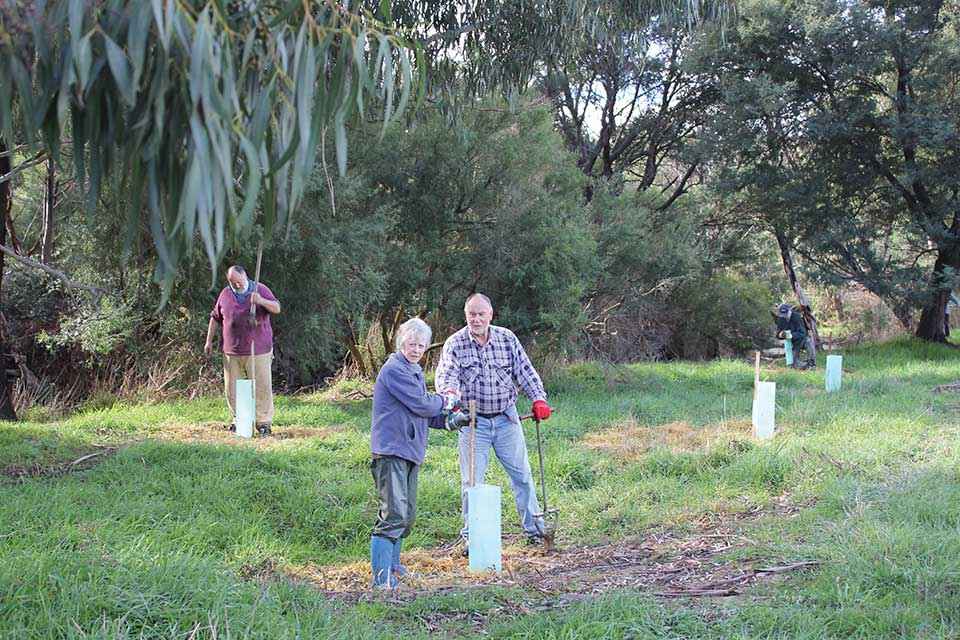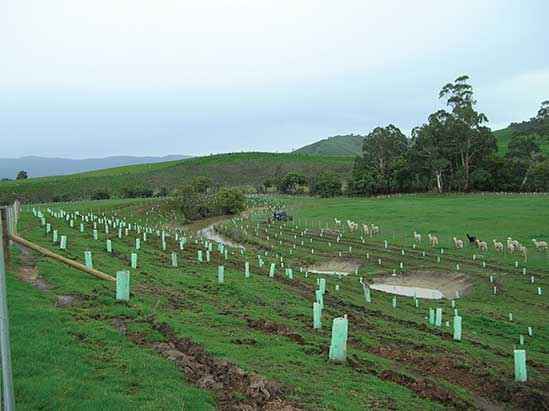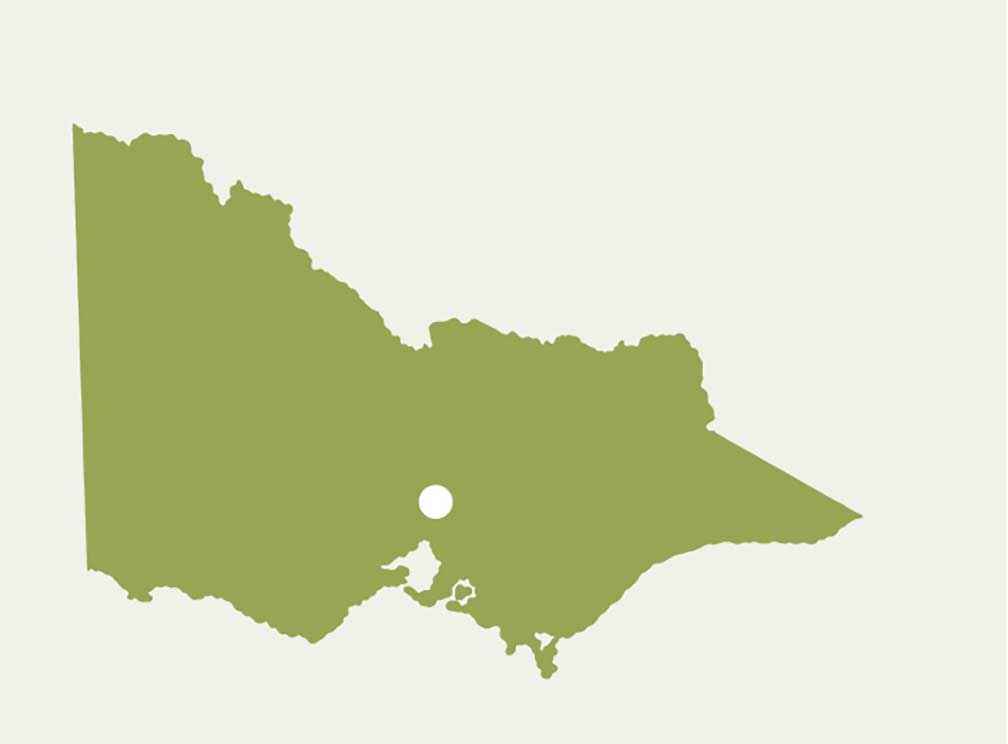Victorian Landcare Magazine - Winter 2017, Issue 69

As a farmer and a passionate supporter of Landcare, I would like to put forward a view that I suspect motivates many of us to make this place a better place to live – not just for ourselves but for those who come after us.
The comparison of vegetation cover in Victoria 200 years ago with how it appears now is quite stark. In our zeal to produce we have changed the natural landscape and in doing so have affected natural weather patterns which have contributed to rising temperatures and an increase in catastrophic weather events.
Add to this the world-wide trend for massive land clearance, particularly of rainforests in developing countries, our profligate use of our natural resources, and the reluctance of governments to introduce measures to reduce carbon emissions that contribute to global warming – all of this leads to climate change.
I believe Landcare has much to offer to the challenge of living with and adapting to climate change. The core motivation for Landcarers is the strong desire to make a contribution.

Above: A Strath Creek Landcare Group revegetation project to protect an old course of the King Parrot Creek in 2008.
The work done by our small Strath Creek Landcare Group over the past 20 years is a good example. The group, now with an active membership of 66 families, is situated around the entire length of the Strath Creek and the lower reaches of the iconic King Parrot Creek, just to the north of the Great Dividing Range, and within the Goulburn Broken region.
Fertile alluvial creek side flats are surrounded by rising to steep grassy woodlands that were over cleared in the early 1900s. The group has done much to restore the balance of native vegetation in the area, considered by most experts to be a preferred ratio of 30 per cent native vegetation to 70 per cent productive farmland.
We have transformed the Strath and King Parrot valleys and made them places to be proud of. We have worked together as a community of very small-acreage landholders up to the larger, serious farmers, often raising and using our own funds and resources, but from time to time partnering with the Goulburn Broken CMA.
Landcare work is done at a local scale. When we feel helpless to influence environmental outcomes on the wider stage the local work continues and we push ahead with improving our own patch.
How good it would be to see this ethic spread far and wide. Landcare was created here in Victoria and is now in 23 countries around the globe. If our community-based approach to sustainable land management was backed up with regulation and supported with appropriate funding the potential of the program is enormous.
Landcarers understand the link between excess carbon emissions and global warming leading to climate change. The beautification of our local environment, brought about by restoring the revegetation balance, brings with it the added bonus of carbon storage.
Although this is on a relatively small scale it is one of the only ways we, as grassroots members of the community, can demonstrate our willingness to bring about necessary and urgent change. There is real frustration, particularly among our young people, that climate change is not being taken seriously by our generation and our leaders.
Terry Hubbard is chair of the National Landcare Network.

Above: Location of Strath Creek Landcare Group